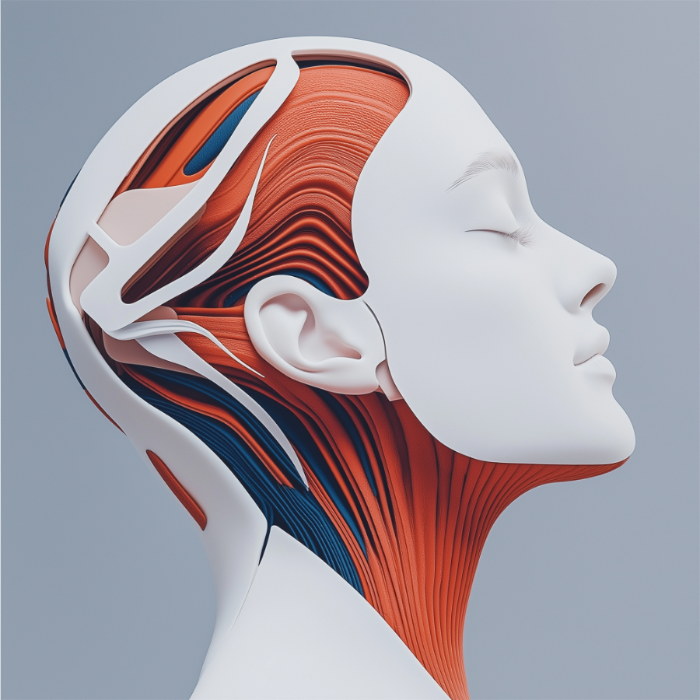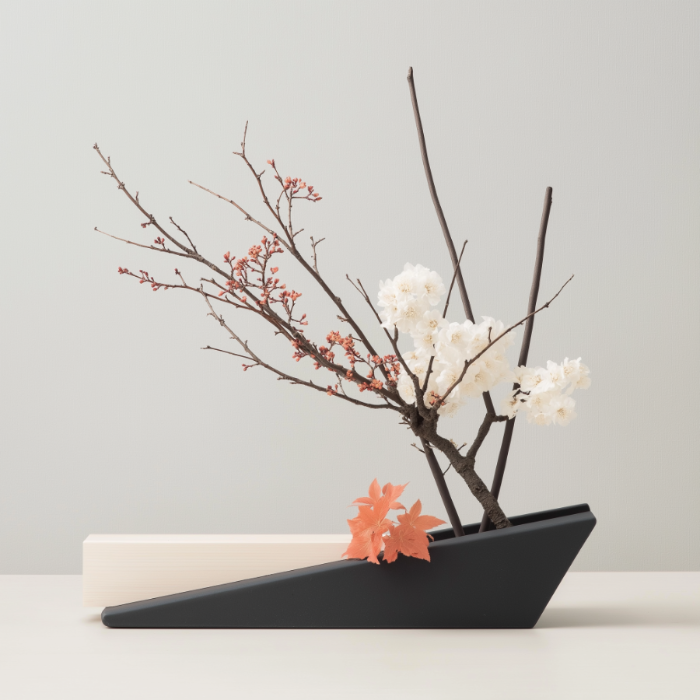
In this technological age, our lives are heavily influenced by artificial intelligence. It is increasingly present in almost every sphere of our lives, from the planning of our daily journeys to the early detection of illnesses. (Topol, 2019). At the same time, in the art world, we are witnessing the incursion of AI, changing the way we create and consume art. (McCosker and Wilken, 2020).
At the heart of these dialogues on AI and art is the question of beauty. What is beauty? How do we perceive it? And how do we create it? More specifically, when we use AI in the creative process, how does it influence our perception and creation of beauty? Does beauty lie in technological perfection, or, according to an ancient Japanese school of thought, in imperfection?
The concept of 'Wabi Sabi' (not to be confused with wasabi), celebrating the imperfect, its roots in Zen philosophy (Koren, 1994), offers an interesting counterpoint to our obsession with perfection. According to the Wabi Sabi aesthetic, beauty lies in imperfection, simplicity and authenticity. Can we apply this same principle to AI and content creation?
Where human creation is often imperfect and asymmetrical, AI, in its quest for perfection, can easily deny the value of imperfection. However, asymmetry, authenticity and even mistakes can transform an ordinary work into something memorable. Researchers have pointed out how musicians and artists of all kinds consciously use asymmetry and error to add depth to their creations.
When it comes to music, think of musicians like Miles Davis or Thelonious Monk who used silence effectively, bringing an intensity and anticipation that could not be achieved by a constant cacophony of notes. Researchers such as David Huron (2006) spoke of the importance of uncertainty and surprise in music, two elements intimately linked to imperfection.
The example of AIVA, the AI that composes classical music, is particularly striking. It can compose perfectly harmonious pieces using sophisticated algorithms, but it seems to lack a certain soul, a certain emotion. It is only by working with its human creator, by combining human sensibilities and emotions with its algorithmic generation capacity, that AI can create something that really resonates with listeners.
Rather than attempting to imitate human creation, AI should be used as a means of supporting and extending it. As Andy Warhol said "Art is what you can get away with".
AI-generated works such as those by The Painting Fool, an AI that has 'learned' to paint by studying a large number of different paintings and artistic styles, can be beautiful and intriguing in their own right. But are they authentic? Do they convey real emotion? Or are they simply the product of advanced technology?

It is therefore imperative for designers who use AI as a content creation tool, and for those who seek to improve it, to remember the importance and value of human imperfection. The idea is not to cut out the human element, but to include it more deeply in the creative process by taking advantage of AI.
By guiding artificial intelligence with our sensibilities and emotions, we can help it create content that is both technically impressive and emotionally engaging. This means training the AI with data that reflects the full range of human emotions and experiences, not just those that are considered aesthetically 'perfect'.
Ultimately, human-machine collaboration promises to push the boundaries of creativity by integrating the authenticity of human emotion with the precision of AI. AI needs human imperfection to do what no machine could do alone: touch the public's heart. By adopting Wabi Sabi, we can create a balance between these two entities, giving rise to authentic, original and truly beautiful content creation.
Jean-Philippe Paviot for BackBoneStudio.

